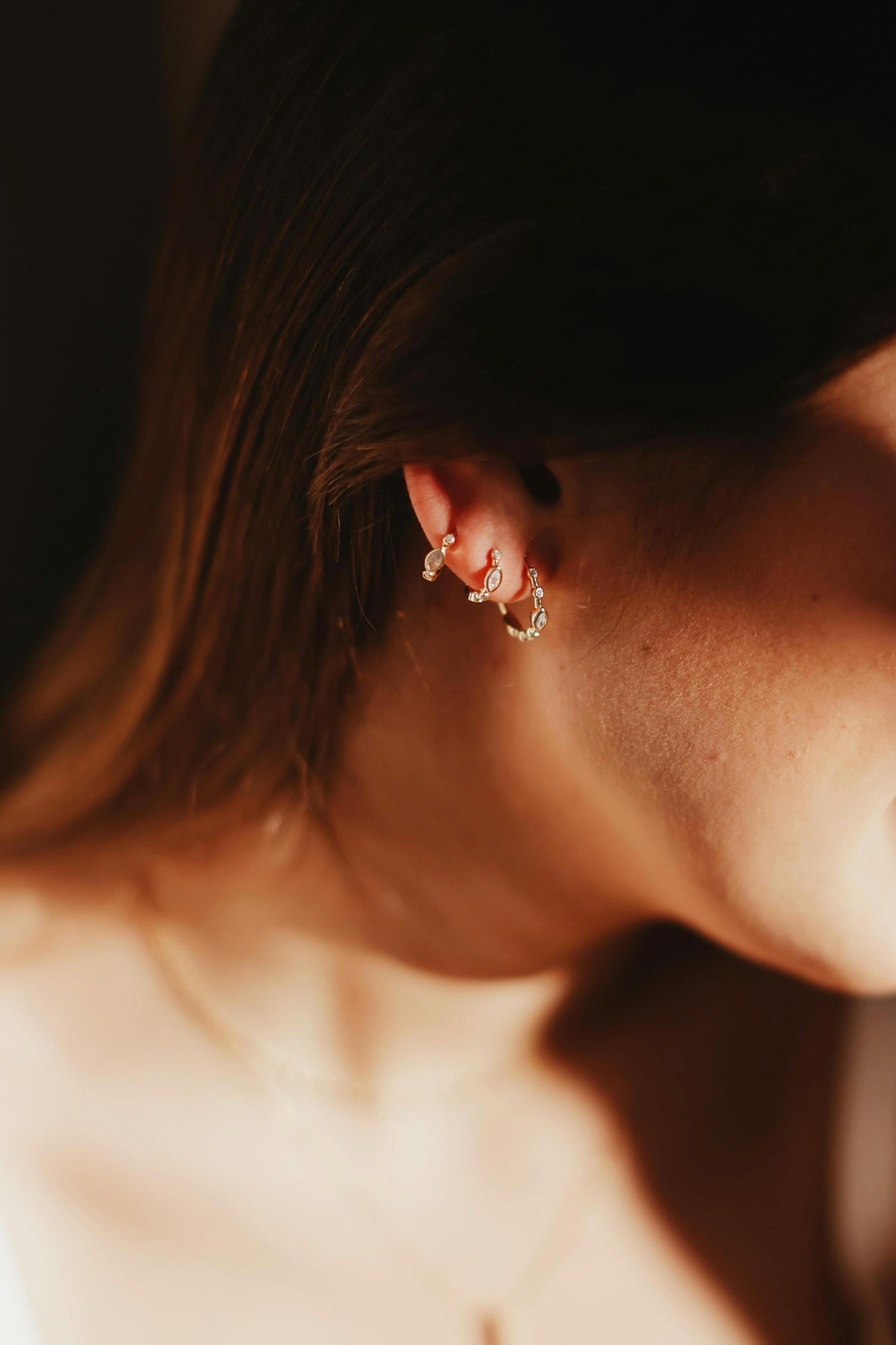Introduction
Changing nipple piercing jewelry can be a delicate process that requires attention to detail and proper hygiene practices. Whether you’re updating your look, switching up your style, or needing to replace damaged jewelry, doing it safely is crucial to avoid any infections or complications. This comprehensive guide will walk you through each step to ensure you’re well-prepared and informed when changing your nipple piercing jewelry.
Why Change Your Nipple Piercing Jewelry?
There are several reasons why you might want to change your nipple piercing jewelry. First, you might want to update your jewelry to match your current style or to try new trends. Additionally, you may need to replace old or worn-out pieces that have become uncomfortable or unsightly. Finally, it’s possible that your initial jewelry was selected for healing purposes and you are now ready to switch to something more aesthetically pleasing. Understanding your motivation for changing the jewelry can help you choose the right new pieces and ensure the process goes smoothly.
Preparing for the Change
Before changing your nipple piercing jewelry, it’s essential to prepare adequately to ensure a smooth and safe process.
Gathering Necessary Tools
You’ll need a few specific tools for this task: clean cotton gloves, saline solution, new jewelry, and a small mirror. Having these items prepared beforehand will make the process more efficient and help prevent any unnecessary complications.
Ensuring a Clean Environment
A clean environment reduces the risk of infections. Ensure that both your workspace and your hands are clean. Washing hands thoroughly with antibacterial soap and using sanitized tools creates a sterile environment ideal for jewelry changing.
Choosing the Right Jewelry Material
Opt for high-quality materials such as surgical-grade stainless steel, titanium, or gold. These materials are hypoallergenic and less likely to cause irritation or infection. Make sure the new jewelry is the correct size and type for your piercing.
Removing the Old Jewelry
Once you have your tools ready and your environment is clean, it’s time to remove the old jewelry.
Loosening Threaded Barbells
If your nipple piercing uses threaded barbells, gently unscrew the ends while holding the bar steady with your other hand. It can be helpful to use cotton gloves for a better grip. Slow and steady movements help prevent tugging on the piercing.
Dealing with Stubborn Jewelry
If the jewelry is stubborn, don’t force it as this could cause injury. Instead, apply a bit of saline solution to lubricate the pierced area, making the jewelry easier to remove. If you still face difficulty, it may be best to consult a professional piercer.
Cleaning the Piercing
Before inserting new jewelry, cleaning the piercing to eliminate any bacteria or crusted material is crucial.
Using Saline Solution
Prepare a saline solution by mixing 1/4 teaspoon of non-iodized sea salt with 1 cup of warm distilled water. Soak a clean cotton ball or pad in the solution and gently clean around the piercing area. This helps to keep the area sanitized and ready for new jewelry.
Avoiding Harsh Chemicals
Avoid using harsh chemicals like alcohol or hydrogen peroxide, as they can irritate the piercing and slow down the healing process. Stick to saline solution, which is both efficient and gentle on the skin.
Inserting the New Jewelry
Putting in the new jewelry requires precision and care to ensure it is secure and comfortably positioned.
Proper Angles and Techniques
Use a small mirror to help guide the new jewelry smoothly into place. Align the jewelry with the piercing at the correct angle to avoid any discomfort or resistance. Take your time, and ensure the barbell or ring moves through the piercing without forcing it.
Ensuring the Jewelry is Secure
Once the jewelry is in place, securely fasten any threaded ends or clasps. Gently tug on the jewelry to ensure it’s securely in place but be cautious not to irritate the piercing.
Post-Change Care Tips
After you’ve successfully changed your nipple piercing jewelry, attentiveness is key to promote healing and avoid complications.
Monitoring for Infections
Keep an eye on the piercing for any signs of infection such as redness, swelling, or unusual discharge. If you notice any of these symptoms, consult a healthcare professional promptly.
Regular Cleaning Regimen
Maintain a regular cleaning routine using saline solution to keep the area clean. Cleaning twice a day is typically sufficient unless otherwise advised by a piercing professional.
Common Mistakes to Avoid
Avoid the pitfalls of changing nipple piercing jewelry by steering clear of these common mistakes.
Rushing the Process
Take your time during each step of the process. Rushing can lead to mistakes and potential injury. It’s better to be slow and meticulous than fast and careless.
Using Low-Quality Jewelry
Low-quality jewelry can cause irritation and even allergic reactions. Always invest in high-quality pieces made from hypoallergenic materials to ensure your piercing remains healthy.
Conclusion
Changing nipple piercing jewelry is a straightforward process when done correctly. By following this guide, you can ensure a safe and smooth transition, avoiding common pitfalls and keeping your piercing healthy. Remember, if you ever feel unsure or encounter issues during the process, consulting a professional piercer is always a good option.
Frequently Asked Questions
How Long After Piercing Can I Change My Jewelry?
It’s generally advised to wait at least 6-12 months after your initial piercing before changing jewelry. This timeframe allows the piercing to fully heal and reduces the risk of complications.
Is It Normal to Experience Discomfort?
Mild discomfort or sensitivity is normal when changing jewelry, but it should not be painful. If pain persists, it could indicate an issue that needs professional attention.
What Should I Do If I Notice Signs of Infection?
If you notice signs of infection such as redness, swelling, or unusual discharge, remove the jewelry and consult a healthcare professional immediately for appropriate treatment.


